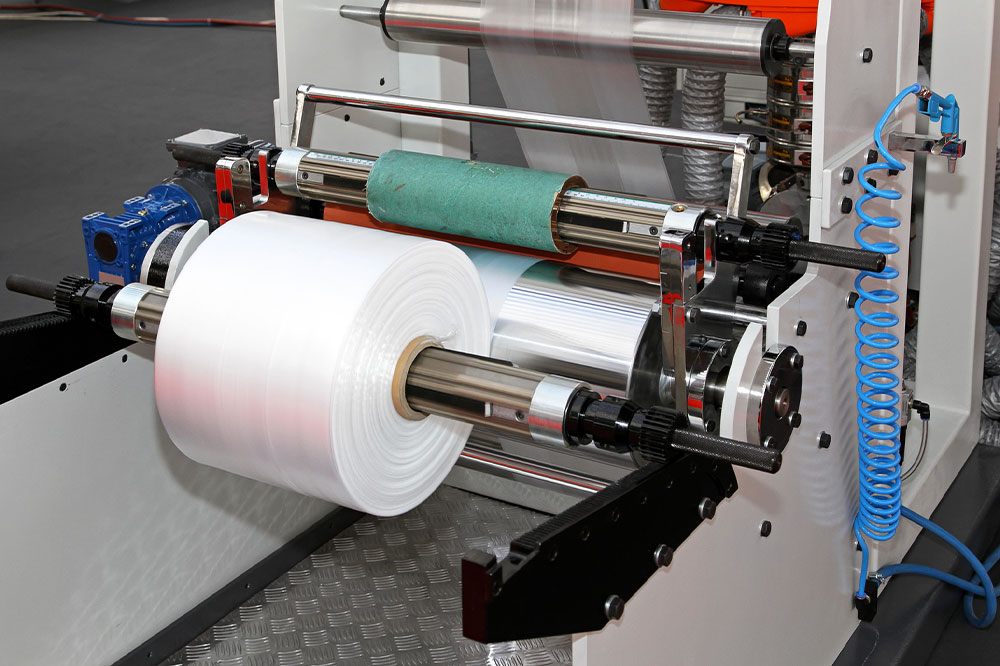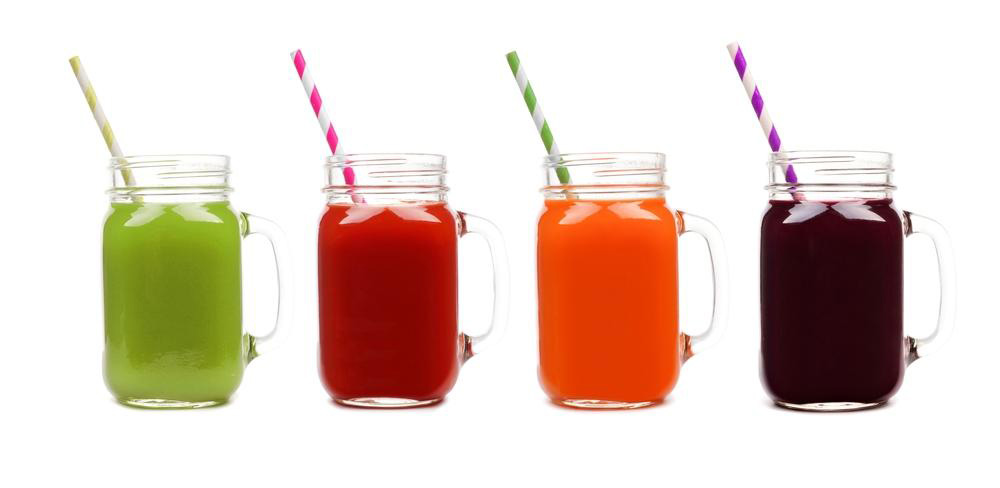Common Polymer and Plastic Types Used in Various Industries
This article provides an overview of the most common plastics and polymers used across various industries. It explains their key features, typical applications, and environmental considerations, highlighting the importance of sustainable practices. Understanding these materials aids in making informed decisions for manufacturing, recycling, and environmental protection.

Popular Plastic and Polymer Varieties Across Sectors
While plastics may seem uniform, they actually encompass a variety of types, each exhibiting unique features such as flexibility, strength, or resistance. These differences help ensure that products meet their specific functions. Plastics are also polymers, often reinforced with additional layers for durability. This article highlights the main plastics and polymers produced and utilized in different industries.
Types and Features of Plastics and Polymers
Plastics are man-made materials that can be reshaped when heated and retain their form upon cooling.
As noted earlier, plastics are polymers composed of repeating units. Below are some of the most frequently manufactured plastics and polymers by the chemical industry:
Polyethylene Terephthalate (PET or PETE)
PET is a lightweight, durable, clear plastic common in packaging, clothing fibers like polyester, and beverage bottles. Recycled PET (rPET) is increasingly used to promote sustainability.
High-Density Polyethylene (HDPE)
HDPE is a sturdy, chemical-resistant plastic ideal for containers, piping, and structural components. Common items include milk bottles, detergent containers, and playground equipment.
HDPE: Known for its robustness and chemical resistance, used in packaging, pipes, and high-strength containers.
LDPE: More flexible and soft, suitable for shopping bags, wraps, and liners such as bread bags and cling film.
LLDPE: Resistant to punctures and chemicals, used in toys, cable insulation, and packaging pouches.
Polyvinyl Chloride (PVC or Vinyl)
PVC is durable, weather-resistant, and versatile, commonly employed in construction piping, electrical cables, and sterilized medical devices. Its potential toxin release warrants cautious handling.
Polypropylene (PP)
A high-temperature resistant plastic, perfect for food storage, caps, medical syringes, and packaging films, as well as disposable products.
Polystyrene (PS)
Often called Styrofoam, PS provides insulation and affordability, used in food containers, cups, and packaging. Manufacturing and disposal raise health concerns.
Polylactic Acid (PLA)
A biodegradable material suitable for eco-conscious packaging, utensils, and medical implants. It's also popular in 3D printing as a sustainable alternative.
Additional Plastics
This category covers plastics used in sports bottles, lighting, and electronics to meet diverse industrial demands.
Recognizing the diverse properties, health implications, and recycling importance of plastics and polymers is vital for sustainable management. Proper disposal and recycling help minimize environmental impact.


